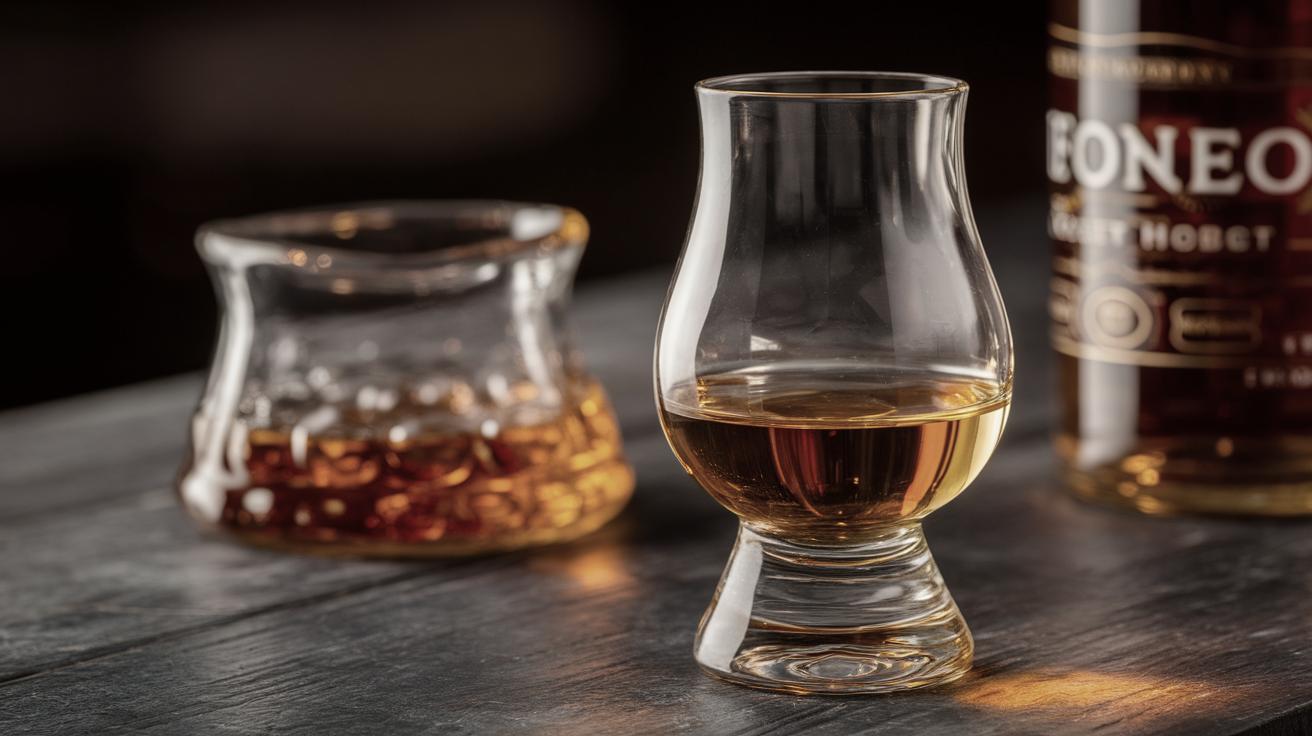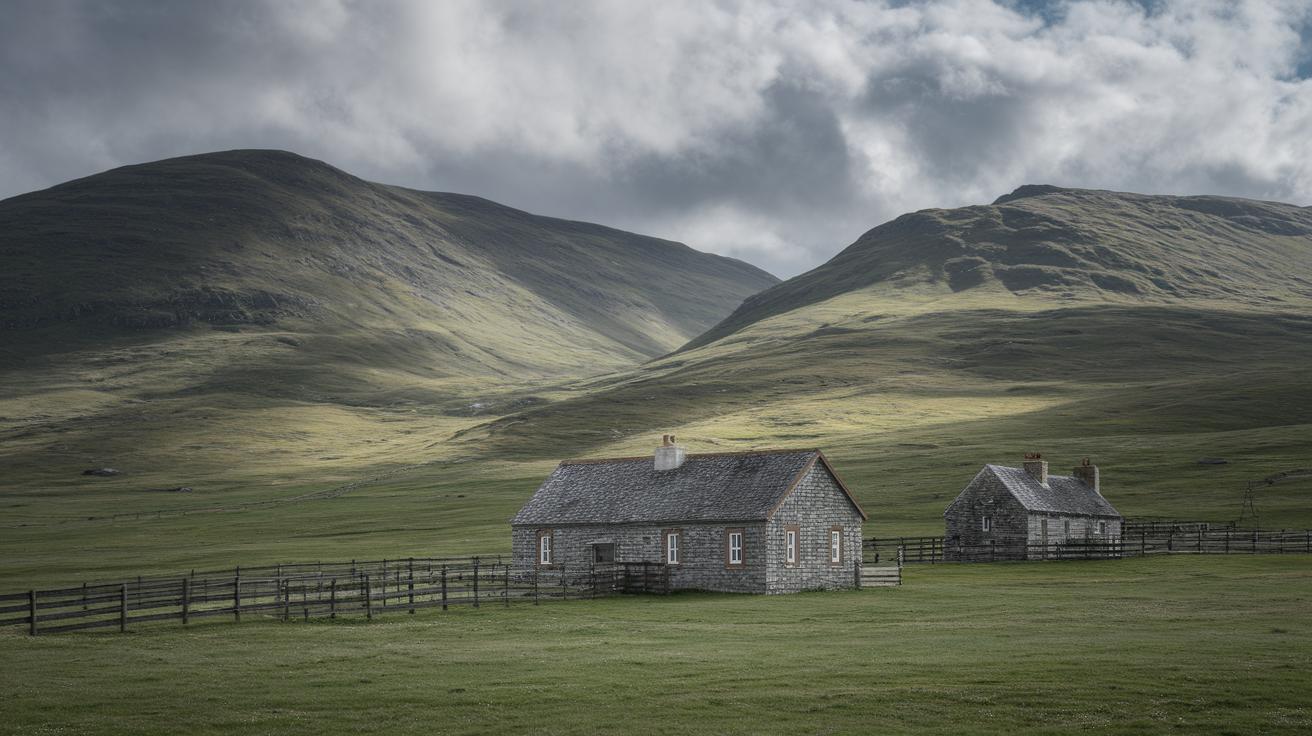Brief History of Scotch Whisky
The history of Scotch whisky is a rich tapestry woven through time, from its ancient origins to its revered status today. This blog post explores the fascinating journey whisky has taken, beginning with a look at early distilling practices and the word’s etymology. We’ll travel through England, Scotland, and Ireland, noting significant historical milestones. From a humble cottage industry to a significant cultural staple, whisky’s evolution is marked by changes in distillation methods and government regulations. Readers will gain insight into different types of whisky, the significance of cask aging, and innovative modern entrants in the market, all of which contribute to the modern whisky landscape.
A BRIEF HISTORY OF DISTILLING
Distillation is an ancient process used to separate components of a mixture. The earliest records date back to Mesopotamia around 2,000 BC, but it was primarily utilized for creating perfumes and medicines. The technique gradually made its way into Europe through cultural exchanges and war, leading to the adaptation of distillation methods for beverages. By the Middle Ages, distillation methods had been refined enough to produce potent spirits through the use of small copper pot stills.
As knowledge of distilling spread across Europe, it evolved from a method for medicinal elixirs to a technique used for creating beverages. This transition occurred largely in monasteries where monks had access to manuscripts detailing distillation processes. In the ensuing centuries, these practices laid the groundwork for what would eventually become the modern whisky industry, with Scotland and Ireland becoming pivotal regions in its refinement.
THE ORIGINS OF WHISKY IN ENGLAND, SCOTLAND, AND IRELAND
The term “whisky” is derived from the Gaelic word ‘uisge beatha’, meaning ‘water of life’. The first known reference to ‘uisge beatha’ in Scotland dates back to 1496, when it was used as a cure for various ailments by monks. This spirit differed significantly from the refined whisky we recognize today, both in taste and production methods.
In Ireland, whisky production also has deep roots, with speculation that it was brought over by Irish monks during their travels. Irish whiskey gained popularity through the 16th century, leading to the establishment of numerous distilleries across the British Isles. In contrast, England’s influence on the history of whisky is more recent, with a surge in whisky production over the last two centuries as a nod to its Celtic cousins.
ETYMOLOGY
The word ‘whisky’ itself has an intriguing etymology. The Gaelic and Scottish ‘uisge beatha’ and the Irish ‘uisce beatha’ both translate to ‘water of life’ in Latin, known as ‘aqua vitae’. These terms not only underscore the cultural importance of whisky in these regions but also highlight the deep historical roots embedded within its identity.
Over time, as the spirit gained an international profile, the term was anglicized to ‘whisky’, with Scotland and the international community adopting this spelling while ‘whiskey’ with an ‘e’ became customary in Ireland and the United States. This divergence in spelling is now a distinctive feature of whisky’s global narrative.
NOTABLE DATES IN THE HISTORY OF WHISKY
Scotch whisky’s tale is punctuated by several notable dates that mark its evolution. In 1496, the first recorded mention of whisky was made. Later, the Act of Union in 1707 amalgamated England and Scotland, impacting whisky tax legislation and trade. This event led to the development of several tax evasion practices, such as smuggling and illicit distilling.
Another significant date is 1823, with the Excise Act legalizing distillation with a license, which marked a turning point, encouraging legitimate operations. Finally, the year 1963 witnessed the first marketing of single malt whisky by Glenfiddich Distillery, elevating Scotch whisky to an iconic status and emphasizing the importance of malt whisky in the global market.
A COTTAGE INDUSTRY
Before whisky industrialization, production often took place in cottages using small pot stills, leading to varied and distinctive local styles. This localized industry allowed families to supplement their income, creating flavors and techniques that varied widely from one community to another.
These humble beginnings were essential in fostering the diverse range of whiskies known today. However, the shift from cottage industries to larger-scale operations was inevitable as governments started imposing stricter regulations and encouraging mass production by legalizing distilling through licenses. The transition marked the end of whisky being an individual home-produced spirit, segueing it into broader commercial landscapes.
EXCISE AND DUTY ON WHISKY
The imposition of excise duty on whisky was a significant historical turning point, mirroring the drink’s increasing economic importance. Whisky’s burgeoning popularity in the 18th century prompted the government to impose taxes, which were met with resistance, leading to creative methods of evasion.
Illicit distilling and smuggling flourished as producers evaded hefty taxes and exploited legal loopholes. The tension between whisky producers and the government’s regulations illustrates the drink’s socio-economic impact, influencing legislation and shaping the whisky industry’s future development.
POTEEN AND MOONSHINE
As governments introduced taxes and regulation, illicit whisky production took various forms, including the well-known ‘poteen’ in Ireland and ‘moonshine’ in the United States. Both terms describe unlicensed spirits, often produced in rural, concealed locations using makeshift equipment.
These endeavors often involved high risks and creativity, resulting in distinctively strong and flavorful spirits. While the quality of poteen and moonshine varied, they symbolized the defiance of local communities against strict governmental controls, maintaining traditional distilling practices despite legal restrictions.
THE RISE OF LICENCED DISTILLERIES
The government’s decision to issue distillation licenses in 1823 was a milestone that shifted whisky production from illegal to legitimate enterprises. The Excise Act of 1823 enabled licensed distillers to produce whisky legally, ushering in a new era of stability and growth for the industry.
This change allowed for increased quality control, innovation, and distribution, transforming whisky from a local commodity to a global phenomenon. Scottish distilleries, in particular, benefited from this transition, cementing their position in international markets and establishing prestigious brands known today.
THE INTRODUCTION OF CASK AND BARREL AGING
Casks
The practice of aging whisky in casks has played a crucial role in developing the nuanced flavors for which Scotch is famed. Originally, cask-aging was an unintended discovery, as spirits were stored in barrels for transportation. Over time, it became apparent that the wood enhanced the drink’s taste and complexity.
Barrel aging imparts rich flavors, such as vanilla, caramel, and oak, while also contributing to whisky’s smoothness and maturity. Different types of wood, including oak, have unique impacts on the spirit, allowing distilleries to diversify their offerings based on the type and treatment of casks used.
DISTILLATION METHODS
The evolution of distillation methods has been pivotal in shaping whisky’s character and variety. Distilling is a complex process where fermented grain mash transforms into high-proof spirits through heating and condensation. The choice between batch and continuous distillation greatly impacts the resulting flavor profiles.
Pot still and continuous still (also known as Coffey still), have historically been the two primary methods. Each contributes unique characteristics to the whisky, with pot stills offering more robust flavors due to their batch production, while continuous stills provide a lighter, more consistent spirit.
POT STILL
Pot stills are among the oldest distilling devices, characterized by their large, bulbous shape and ability to retain complex flavors. This traditional method involves a two-step process where the wash is heated and the condensed vapor is collected and distilled again to increase alcohol concentration.
The whisky produced using pot stills is renowned for its rich, full-bodied flavor, making it particularly popular among single malt enthusiasts. The intricate nuances from this distillation method are a testament to its historical significance and enduring popularity.
CONTINUOUS STILL
The introduction of continuous stills revolutionized whisky production, allowing for high-volume and cost-effective spirit creation. Invented by Aeneas Coffey in 1831, this method utilizes a columnar structure through which wash is continuously fed and distilled, ensuring consistency and efficiency.
This innovation facilitated the widespread adoption of whisky by enhancing production rates without sacrificing quality. Continuous stills are now integral to producing blended whiskies, appreciated for their lighter, more delicate flavors that lend themselves well to mass production.
MODERN STILLS
Modern stills incorporate technological advancements that enhance precision and blend traditional craftsmanship with modern efficiency. Innovations like computer-controlled systems allow distillers to meticulously manage the distillation process, leading to greater consistency and quality.
Despite these technological enhancements, many distilleries retain traditional elements in their methods, revering the balance between honoring historical practices and embracing new possibilities for innovation. The evolution of stills continues to reflect whisky’s adaptability and enduring appeal.
Nautilus
A NEW ENTRANT INTO THE WHISKY MARKET
Nautilus represents an innovative leap in whisky production, combining advanced distillation techniques with a focus on sustainability. This approach leverages cutting-edge technology to refine classic methods in pursuit of excellence and eco-responsibility.
Such modern entrants emphasize the whisky industry’s dynamic nature, driven by innovation and a fresh perspective. Nautilus showcases how traditional craftsmanship can be elevated by contemporary advancements, appealing to a new generation of whisky aficionados eager for quality, responsibly produced spirits.
TYPES OF WHISKY
Whisky’s versatility is displayed in its varied types, each with distinct characteristics defined by regional influences and production methods. Scotch whisky, Irish whiskey, American bourbon, and Canadian rye each bring their own unique elements to the table.
Scotch whisky, in particular, is celebrated for its diversity; it encompasses single malt, blended malt, blended grain, and more, each defined by specific standards and regional signatures. These nuanced variations contribute to whisky’s global appeal and its reputation as a drink with rich traditions and exciting sub-categories.
NEW WORLD WHISKIES
New World whiskies have made a significant impact in recent decades as producers in Japan, Australia, and India apply their cultural sensibilities to the time-honored craft. The result is a broadening palate of flavors that invite whisky lovers to explore new sensory horizons.
These whiskies often reflect their origins, incorporating local grains and unique aging conditions. The rise of New World whiskies underscores the global reach and evolving nature of whisky production, highlighting its capacity for adaptation and innovation.
ENGLISH WHISKY
English whisky, though overshadowed by its Scottish and Irish counterparts, has been quietly gaining momentum. The resurgence of whisky production in England over the last few decades marks a revival in traditional techniques and a renewed commitment to quality.
English distillers are gaining recognition for their careful craftsmanship and willingness to experiment with flavors and maturation methods. As the industry matures and grows, English whisky is carving out a niche for itself in the competitive spirits market.
OXFORD RYE WHISKY
Oxford Rye Whisky is a fascinating case study in contemporary whisky production, combining ancient grain traditions with modern approaches. Produced in England, it draws on a rich agricultural heritage while exploring new methodologies in flavor enhancement.
This spirit is distinguished by its bold character and innovative use of rye grain, offering a compelling addition to the whisky landscape. Oxford Rye Whisky represents the creative ingenuity of distillers who are redefining expectations and inviting enthusiasts to engage with whisky in novel ways.
Summary of main points
| Topic | Key Points |
|---|---|
| A Brief History of Distilling | Origins in Mesopotamia; evolution through Europe. |
| Origins in England, Scotland, and Ireland | Monastic contributions; differentiated regional influences. |
| Etymology | Term ‘whisky’ from Gaelic; differing spellings between regions. |
| Notable Dates in Whisky History | Significant dates: 1496, 1823, 1963; impacts on industry. |
| A Cottage Industry | Local production; regulatory shifts to commercialization. |
| Excise and Duty on Whisky | Influence of taxes; the era of smuggling and illicit distillation. |
| Poteen and Moonshine | Illicit production methods; cultural defiance against regulations. |
| Rise of Licenced Distilleries | Legalization in 1823; growth of legitimate enterprise. |
| Cask and Barrel Aging | Wood aging enhances flavor; diverse finishing styles. |
| Distillation Methods | Batch and continuous processes; influence on flavor profiles. |
| Pot Still | Traditional technique; rich, complex flavors. |
| Continuous Still | Efficiency in production; consistent quality. |
| Modern Stills | Technological advancements; balance of tradition and innovation. |
| Nautilus | Sustainable production methods; modern market entrants. |
| Types of Whisky | Diverse regional varieties; Scotch, Irish, American, Canadian. |
| New World Whiskies | Global expansion; unique regional expressions. |
| English Whisky | Resurgence in production; innovative approaches. |
| Oxford Rye Whisky | Innovative rye-based production; modern whisky explorations. |


